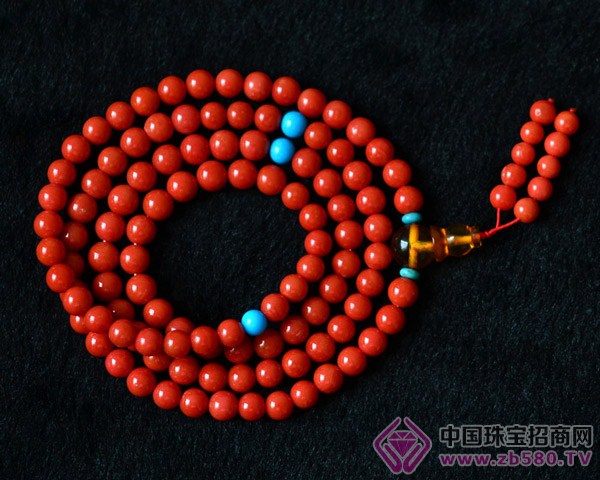To collect red corals, we must first identify the precious and precious grades of red corals. When selecting, the first is to look at the color, red, red, pink, orange, and pink. The more red and precious the color is; the second is to see the uniformity of the color, the uniform color is the top; the third is the weight of the hand, the denser the texture, Those who are heavy at hand are expensive. Red corals are also divided into deep water, shallow water, live branches, inverted branches, south branches, and the United States. Their preciousness varies greatly. These are important factors in purchasing.

How to identify true and false corals? First, look at the parallel growth lines. There are parallel lines on the coral column, such as the ring face, generally on the back; if it is carved, the surface can be seen; Second, the annual growth pattern. Corals are like trees, with concentric growth patterns, and small and large ring-shaped textures, which can be seen on coral ornaments. Third, the color is shallow and deep. The cross section of the coral column is clearly visible, and the closer the surface is, the darker the color. If the color is uniform inside and outside, when the suspicion is false. In addition, it can also be detected by instruments. The red coral has a specific gravity of 2.65: the hardness is 3.4-4.
False corals appeared before and after the Republic of China, with a replica of the material, containing bubbles, shiny at the break, no coral lines; the "coral" made of glass, the fracture is like a shell, and the real coral fracture is smooth; Dyed imitation, with obvious vertical texture, rough texture; filled reef-forming coral with smooth surface but rough and brittle; synthetic "coral" without natural texture; resin imitation coral, light texture, no natural texture With luster. And those who dyed are easy to fade. For the dyer, wipe it with a cotton swab dipped in acetone and the color is off. If identified by a magnifying glass, small, shallow circular dimples can be seen on the coral, which is the growth site of individual polyps. Natural small pits caused by certain perforated marine organisms can sometimes be seen.
Long Warm Socks,Lady's Socks,Lady's Casual Socks,Flower Socks For Ladies
zhejiang tianjin import and export co.,ltd. , https://www.tianjintextile.com